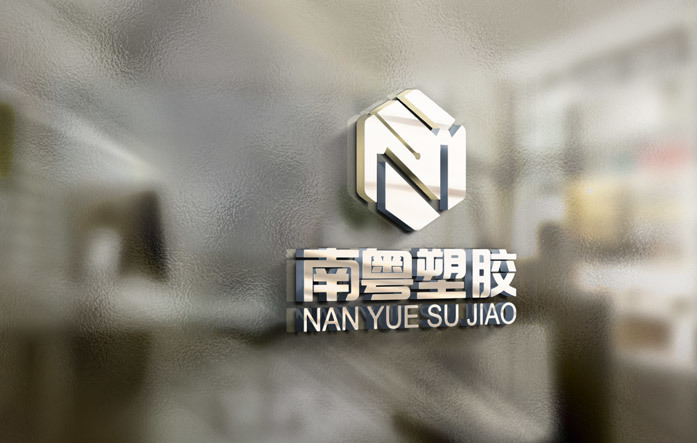-

About Us
Nanyue Plastics Raw Materials Co., Ltd., Dongguan, with its sales center located at 7L Chuangye Hui, Hongye North Road, Tangxia Town, Dongguan. The company mainly deals in special engineering plastics such as PEEK, PEI, PPSU, PSU, PES; and engineering plastics such as LCP, PPS, PA46, PA6T, PA9T, PPA, COC, POM, etc.
-

Product
Nanyu Plastics Raw Materials Co., Ltd., Dongguan, with its sales center located at 7L Chuangye Hui, Hongye North Road, Tangxia Town, Dongguan. The company mainly deals in special engineering plastics such as PEEK, PEI, PPSU, PSU, PES; and engineering plastics such as LCP, PPS, PA46, PA6T, PA9T, PPA, COC, POM, etc.
-

Application
Products are widely used in aerospace, military, medical, electronics, communications, connectors, e-cigarettes, automotive, AI robots and other industries. The company has been deeply involved in the plastics industry for 17 years, providing one-stop services from raw materials to mold opening and injection molding. Adhering to customer-centricity, enhancing competitiveness, and contributing to industry development.
-

Customer Case
Nanyu Plastics Raw Materials Co., Ltd., Dongguan, with its sales center located at 7L Chuangye Hui, Hongye North Road, Tangxia Town, Dongguan. The company mainly deals in special engineering plastics such as PEEK, PEI, PPSU, PSU, PES; and engineering plastics such as LCP, PPS, PA46, PA6T, PA9T, PPA, COC, POM, etc.
-

Blog
Nanyu Plastics Raw Materials Co., Ltd., Dongguan, with its sales center located at 7L Chuangye Hui, Hongye North Road, Tangxia Town, Dongguan. The company mainly deals in special engineering plastics such as PEEK, PEI, PPSU, PSU, PES; and engineering plastics such as LCP, PPS, PA46, PA6T, PA9T, PPA, COC, POM, etc.
-

Contact
Nanyu Plastics Raw Materials Co., Ltd., Dongguan, with its sales center located at 7L Chuangye Hui, Hongye North Road, Tangxia Town, Dongguan. The company mainly deals in special engineering plastics such as PEEK, PEI, PPSU, PSU, PES; and engineering plastics such as LCP, PPS, PA46, PA6T, PA9T, PPA, COC, POM, etc.

Service Hotline:

Military medical
PEEK and PPSU materials, due to their unique performance advantages, have become key materials replacing traditional metals, ceramics, and glass in military and medical fields. They are particularly outstanding in terms of lightweight properties, corrosion resistance, biocompatibility, and adaptability to complex working conditions.
Advantages of PEEK Material in Aerospace Applications
01
PEEK military solution
Extreme Environment Equipment: Used for missile components (such as seeker brackets), with a temperature range of -55℃~260℃, reducing weight by 30% compared to metal. Armored vehicle bearing retainers, with a lifespan increased threefold and requiring no lubrication. Stealth Technology: Low dielectric loss (0.003), suitable for UAV radar domes and submarine sonar substrates. Lightweight Breakthrough: Single-soldier exoskeleton joint components, 40% lighter than aluminum alloy with comparable strength.
02
PPSU military advantages
Transparent protection system: bulletproof observation window (V50 value up to 650 m/s), with both light transmission and impact resistance. Bio-chemical protective mask, resistant to mustard gas corrosion for 240 hours. Electronic equipment: tactical radio casing, EMI shielding effectiveness 60dB, protecting sensitive electronic components.
03
PEEK medical breakthrough
Orthopedic Implants: 3D-printed interbody fusion cage, 80% porosity to promote bone cell growth. Artificial joint pads with a wear rate of only 0.03mm³/million cycles. High-end Instruments: MRI-compatible neurosurgical guide plate, without artifact interference.
04
PPSU medical applications
Visual instrument: Hemodialyzer shell (88% light transmittance), facilitating observation of liquid status. Glutaraldehyde-resistant surgical access port, suitable for repeated sterilization. High-value consumables: Respiratory valve components passed a 2 million cycle opening and closing test, demonstrating extremely high reliability.
Typical Cases




No. 908, Building 1, 7L Chuangye Hui, No. 1, Hongye North 17th Road, Tangxia Town, Dongguan City, Guangdong Province
COOKIES
Our website uses cookies and similar technologies to personalize the advertising shown to you and to help you get the best experience on our website. For more information, see our Privacy & Cookie Policy
COOKIES
Our website uses cookies and similar technologies to personalize the advertising shown to you and to help you get the best experience on our website. For more information, see our Privacy & Cookie Policy
These cookies are necessary for basic functions such as payment. Standard cookies cannot be turned off and do not store any of your information.
These cookies collect information, such as how many people are using our site or which pages are popular, to help us improve the customer experience. Turning these cookies off will mean we can't collect information to improve your experience.
These cookies enable the website to provide enhanced functionality and personalization. They may be set by us or by third-party providers whose services we have added to our pages. If you do not allow these cookies, some or all of these services may not function properly.
These cookies help us understand what you are interested in so that we can show you relevant advertising on other websites. Turning these cookies off will mean we are unable to show you any personalized advertising.
Website Construction:www.300.cn Privacy
Sorry,当前栏目暂无内容!
您可以查看其他栏目或返回 首页
Sorry,The current column has no content!
You can view other columns or return Home

